As a pet owner, one of the first tasks you’ll need to tackle is litter training your small animal. Whether you have a rabbit, hamster, or guinea pig, teaching them to use a litter box is not only possible but also quite easy. Small animals are naturally clean and fastidious, making them quick learners when it comes to their bathroom habits.
Litter training offers several benefits for both you and your small animal. It helps keep your house clean and odor-free, allowing you to enjoy a fresh-smelling home. Additionally, a litter box provides your small animal with their own defined space, giving them a sense of security and helping to prevent accidents in other areas of your home. Monitoring your pet’s droppings can also provide valuable insights into their overall health and well-being.
If you’re ready to start litter training your small animal, this step-by-step guide will walk you through the process. Together, we’ll create a clean and comfortable environment for your furry friend while minimizing mess and hassle for you.
Key Takeaways:
- Litter training small animals is easy and beneficial for both the owner and the animal.
- It helps keep your home clean and odor-free.
- A litter box gives your small animal a designated space.
- Training your pet to use a litter box allows you to monitor their health through their droppings.
- Start litter training around 4 months of age after spaying or neutering.
The Benefits of Litter Training Small Animals
Litter training provides numerous benefits for both small animals and their owners. Let’s take a closer look at the advantages:
1. Clean and Odor-Free Environment
Litter training allows for easy cleanup and maintenance, keeping your home free from mess and unpleasant odors. Instead of scattered droppings and urine accidents, your small animal will use a designated space, keeping their waste contained.
2. Health Monitoring
By monitoring your small animal’s droppings, you can gain valuable insights into their overall health and diet. Any changes in the consistency, color, or frequency of their droppings may indicate potential health issues that require attention.
3. Defined and Safe Space
Litter training provides small animals with a defined space to sleep, eat, and play. Having a specific area for these activities helps animals feel secure and comfortable in their environment. It also promotes good behavior and prevents them from soiling other areas of your home.
4. Freedom and Mental Stimulation
Litter training gives small animals the freedom to roam more freely within your home, as they can use the litter box wherever they are. This increased freedom allows them to engage in mental stimulation by exploring their surroundings and interacting with enrichment toys.
“Litter training offers small animals a sense of security and promotes their well-being by providing them with a safe and comfortable space to thrive.”
As you can see, litter training small animals comes with various benefits for both you and your furry friend. It creates a cleaner and fresher-smelling home, allows for health monitoring, provides a defined and safe space, and promotes freedom and mental stimulation. By investing time and effort into litter training, you can enhance the overall well-being and happiness of your small animal companion.
When to Start Litter Training Small Animals
When it comes to litter training small animals, such as rabbits, timing is crucial. It is recommended to start the litter training process around 4 months of age, after the small animal has been spayed or neutered. This timing ensures that the animal has reached a stage where their potty habits may become inconsistent due to puberty, usually around 3 to 4 months of age. By waiting until after the spaying or neutering procedure, you allow the rabbit to quickly adapt to using the litter box without the added confusion of hormonal changes.
It’s important to note that while 4 months is the recommended age to start litter training, some small animals may naturally begin using a litter box at a younger age without any training. However, it’s always best to wait until after the spaying or neutering procedure to ensure consistent and successful litter training.
Starting the litter training process at the right time is essential for a smoother transition and increased success in teaching your small animal to use a litter box.
Benefits of Starting Litter Training at the Right Time
“By starting litter training around 4 months of age, after spaying or neutering, you set your small animal up for success. This timing allows them to quickly learn and adapt to using the litter box, improving overall hygiene and minimizing mess in your home.”
| Benefits of Starting Litter Training at the Right Time |
|---|
| 1. Promotes better hygiene in your home |
| 2. Minimizes mess and odor |
| 3. Helps small animals feel secure and comfortable |
| 4. Allows small animals to roam freely and engage in mental stimulation |
Starting litter training at the appropriate age not only benefits you by reducing mess and odor in your home but also creates a safe and comfortable space for your small animal to thrive.
Supplies Needed for Litter Training Small Animals
In order to successfully litter train your small animal, you will need a few essential supplies. These include:
- A large litter box with low sides for easy entry and a comfortable space for your small animal to use as a bathroom.
- Small pet bedding or litter, which provides absorbency and helps control odor.
- Timothy hay, which serves as both bedding and a source of nutrition for your small animal.
It is important to choose the right type of litter box for your small animal. Look for a litter box with at least one low edge, allowing your pet to easily hop in and out. This ensures a stress-free experience for your small animal during litter training.
When selecting litter material, opt for paper-based or pellet-based litter that is safe for small animals. Avoid using cedar and pine shavings, as they contain phenols that can be harmful to your pet’s respiratory system. Instead, consider litter made from recycled paper or clay, as they provide a safe and comfortable environment for your small animal.
Comparison of Litter Materials
| Litter Material | Advantages | Disadvantages |
|---|---|---|
| Pellet-Based | – Highly absorbent – Controls odor effectively – Easy to clean | – May be more expensive – Some small animals may not like the texture |
| Paper-Based | – Environmentally friendly – Safe for small animals – Absorbs moisture well | – Needs more frequent changing – Can be messy and dusty |
| Clay-Based | – Good odor control – Easy to find and purchase | – Dusty when disturbed – Not environmentally friendly – May be less comfortable for small animals |
Choosing the right supplies for litter training your small animal is crucial in creating a clean and comfortable environment for them. Providing a well-suited litter box and appropriate litter materials will help ensure a successful and stress-free litter training experience.
Step-by-Step Instructions for Litter Training Small Animals
Litter training small animals, such as rabbits, is a straightforward process that can be accomplished through a step-by-step approach. By following these instructions, you can help your small animal learn to use a litter box effectively.
1. Choose the Right Location
Start by placing the litter box in the area where your small animal has been using as a bathroom. This will help them associate the litter box with the appropriate behavior. Ensure that the location is easily accessible and away from their food and sleeping areas.
2. Introduce the Litter Box
Gently place your small animal in the litter box and let them explore. Offer treats or encourage them to nibble on some hay while inside the box to create a positive association. Repeat this process several times a day to reinforce the idea that the litter box is their designated bathroom area.
3. Clean Up Accidents Promptly
If your small animal goes outside the litter box, clean up any urine using pet-safe cleaners to remove the scent. Take some droppings and place them in the litter box, showing your small animal where their waste should go.
4. Maintain a Clean Litter Box
Regularly clean the litter box by changing the bedding and hay. This helps keep the area fresh and inviting for your small animal. Every few weeks, soak the litter box in a mixture of water and vinegar to eliminate odors and bacteria.
5. Be Patient and Consistent
Litter training takes time and patience. Your small animal may have accidents initially, but with consistent reinforcement and positive reinforcement, they will learn to use the litter box consistently. Remember to reward them with praise or treats when they use the litter box correctly.
“Litter training a small animal is a gradual process that requires patience and consistency. By following these step-by-step instructions, you can help your small animal learn good bathroom habits and create a clean and hygienic living environment for both of you.”
| Step | Instructions |
|---|---|
| 1 | Choose the Right Location |
| 2 | Introduce the Litter Box |
| 3 | Clean Up Accidents Promptly |
| 4 | Maintain a Clean Litter Box |
| 5 | Be Patient and Consistent |
By following these step-by-step instructions and providing your small animal with proper guidance, you can successfully litter train them. Remember to be patient, consistent, and offer positive reinforcement.
Conclusion
Litter training small animals, such as rabbits, is a simple and beneficial process for both the owner and the animal. By following a step-by-step approach and providing the necessary supplies, you can successfully train your small animal to use a litter box.
Remember to be patient and consistent throughout the training process. Reward your small animal for using the litter box and refrain from punishing accidents outside the box. Positive reinforcement is key to reinforcing the desired behavior.
Litter training offers several advantages for both you and your small animal. It helps keep your home clean and odor-free, creating a more pleasant environment for everyone. Additionally, monitoring the animal’s droppings in the litter box can provide valuable insights into their health and well-being.
By litter training your small animal, you also provide them with a defined space to eat, sleep, and play. This not only gives them a sense of security and comfort but also allows them the freedom to roam more freely and engage in mental stimulation. Overall, litter training is an essential step in ensuring your small animal’s happiness and wellbeing.
FAQ
Is litter training small animals, such as rabbits, possible?
Yes, litter training small animals like rabbits is not only possible but also quite easy.
What are the benefits of litter training small animals?
Litter training small animals offers several benefits, including keeping the house clean and odor-free, monitoring the animal’s health through their droppings, and giving the animal their own defined space.
When is the best time to start litter training small animals?
It is recommended to start litter training small animals, such as rabbits, around 4 months old, after they have been spayed or neutered.
What supplies do I need for litter training small animals?
To successfully litter train a small animal, you will need a large litter box with low sides, litter or bedding, and Timothy hay.
What are the step-by-step instructions for litter training small animals?
Start by placing the litter box in the area where the animal has been using as a bathroom. Introduce the animal to the litter box, clean up accidents, and keep the litter box clean with regular bedding and hay changes.

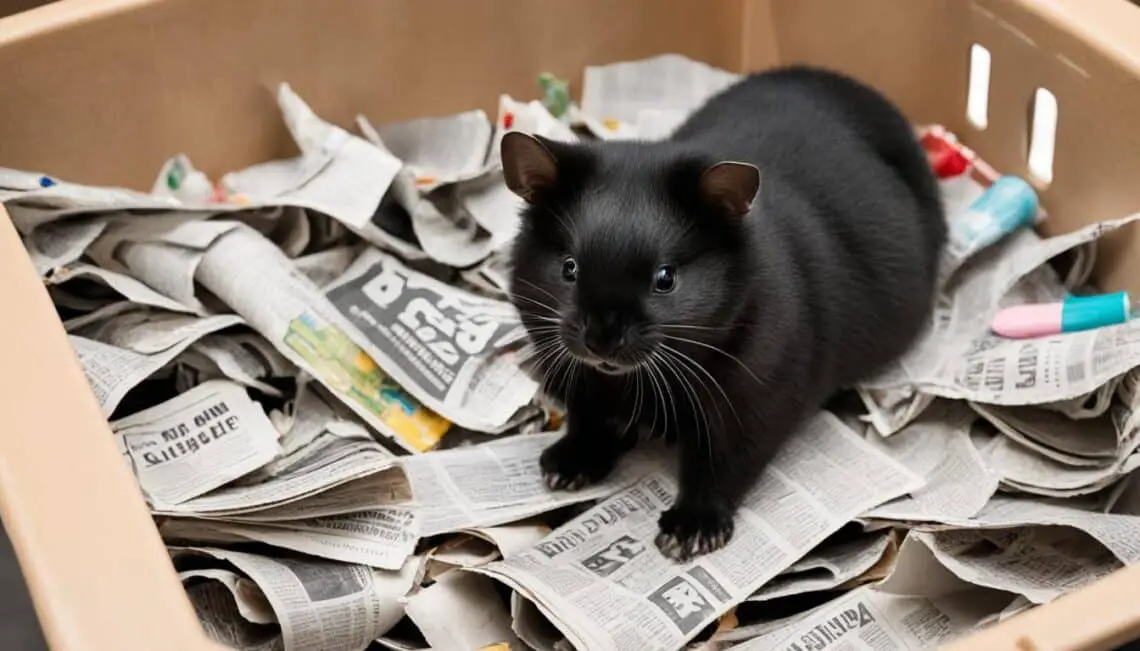
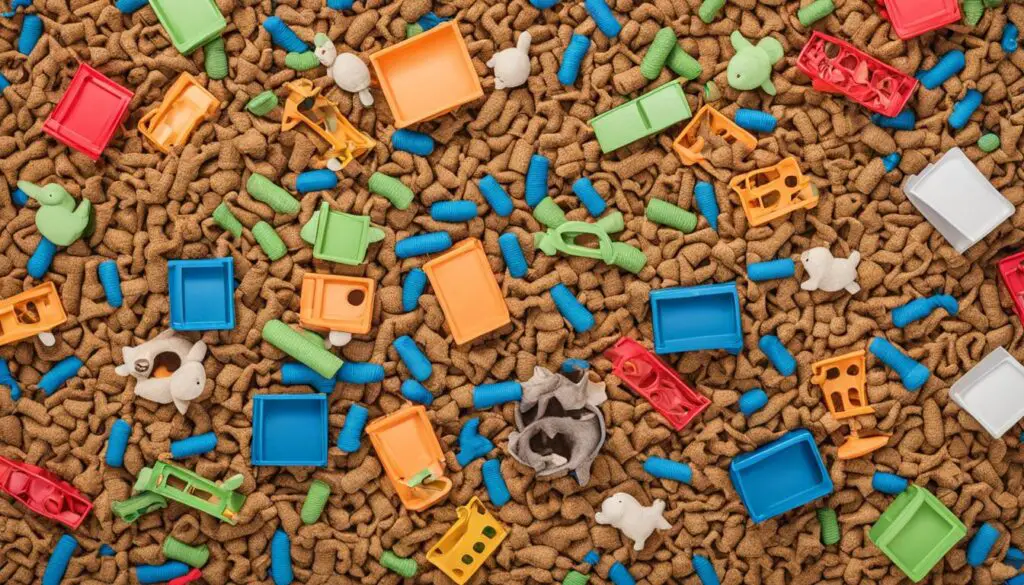
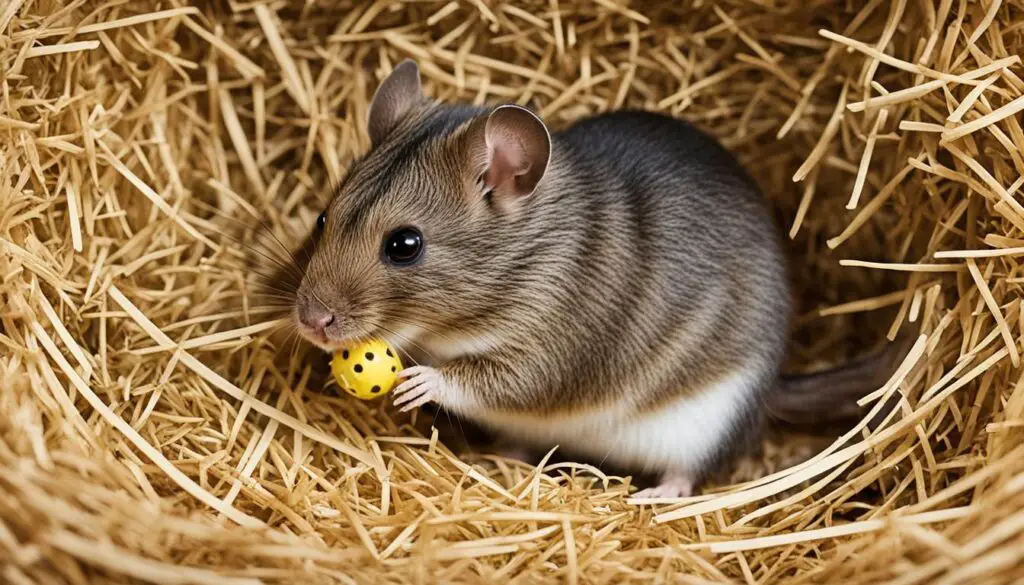
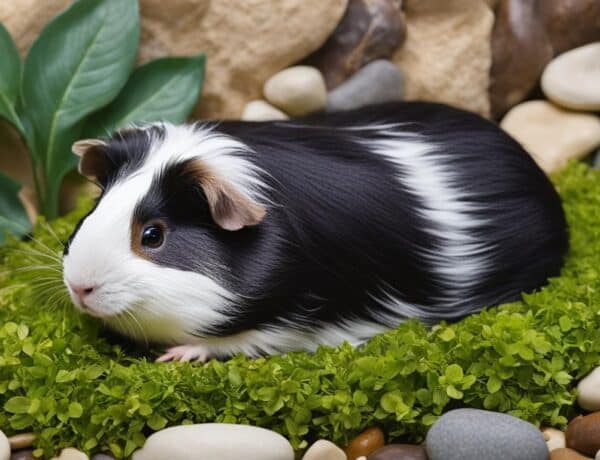
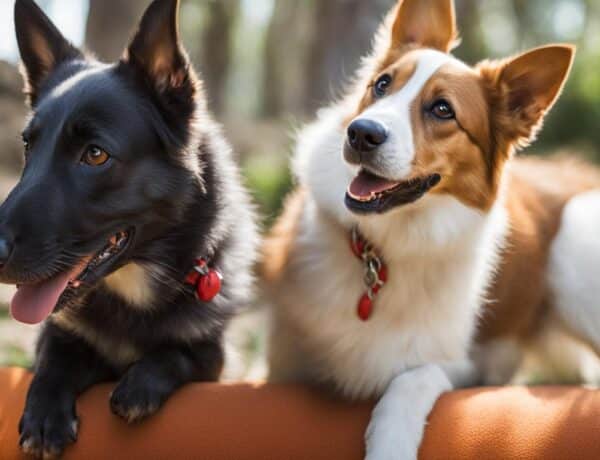

No Comments